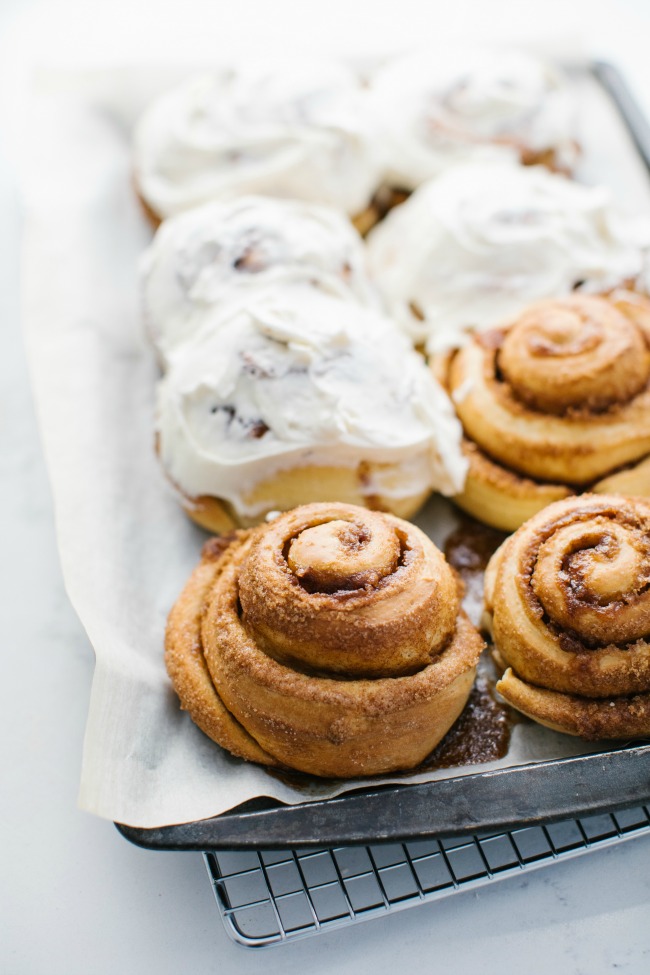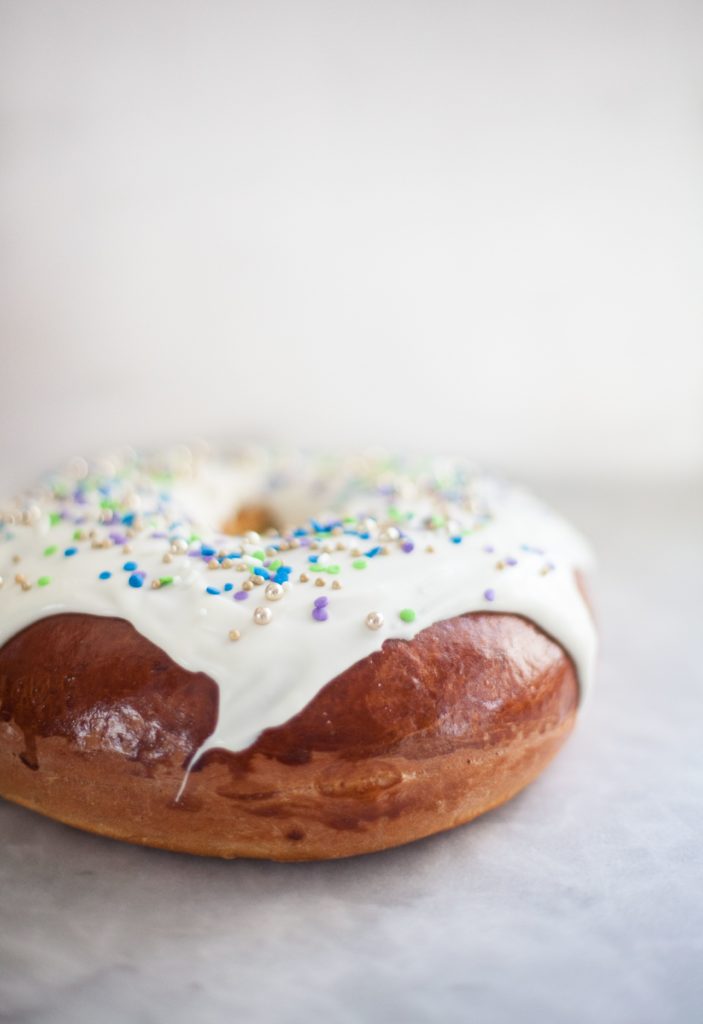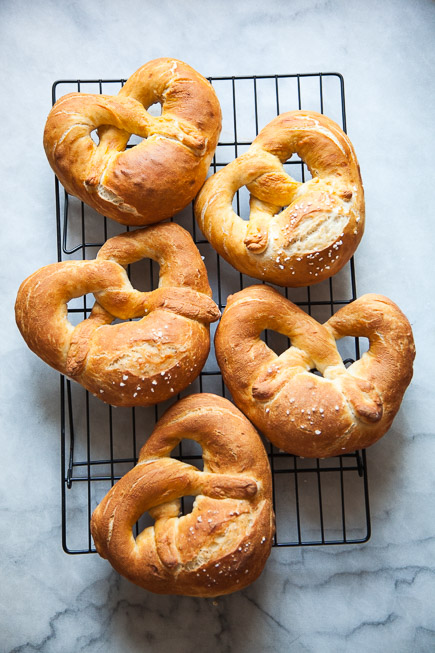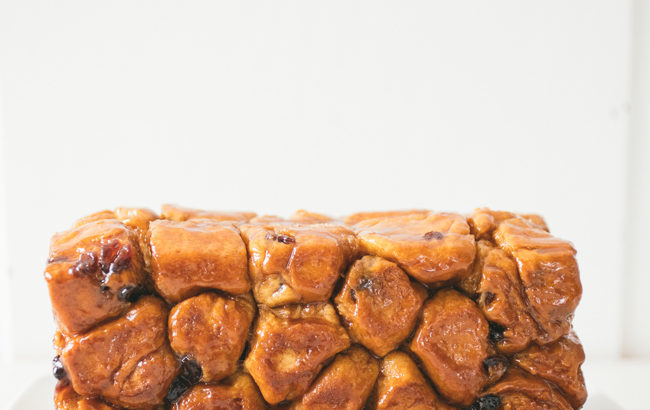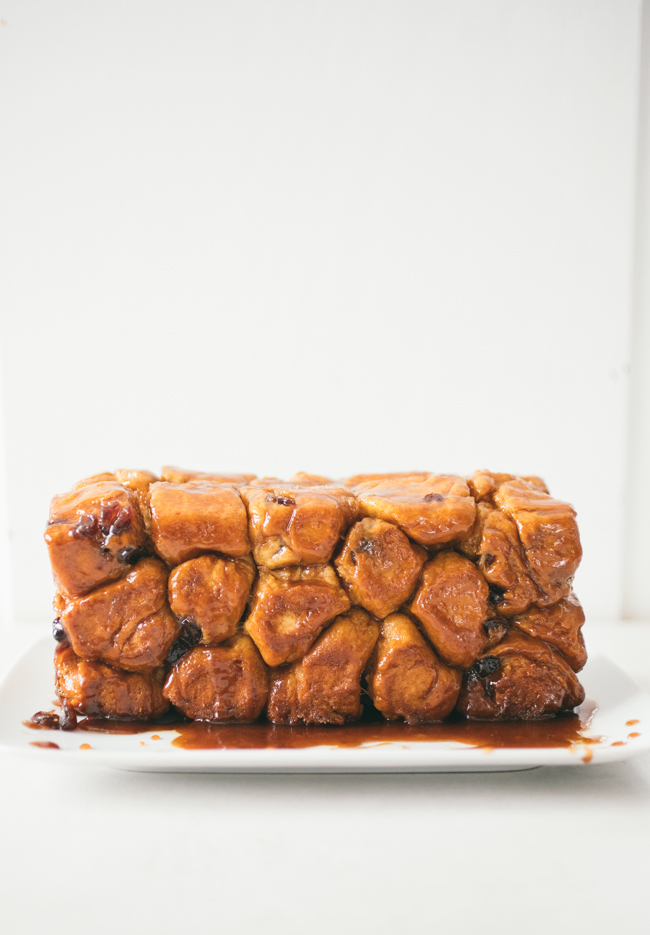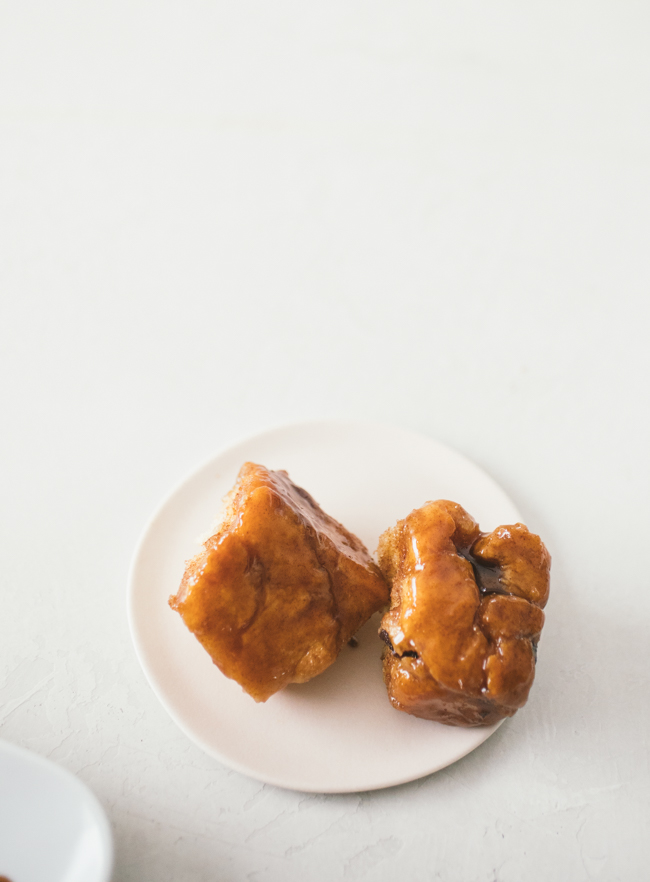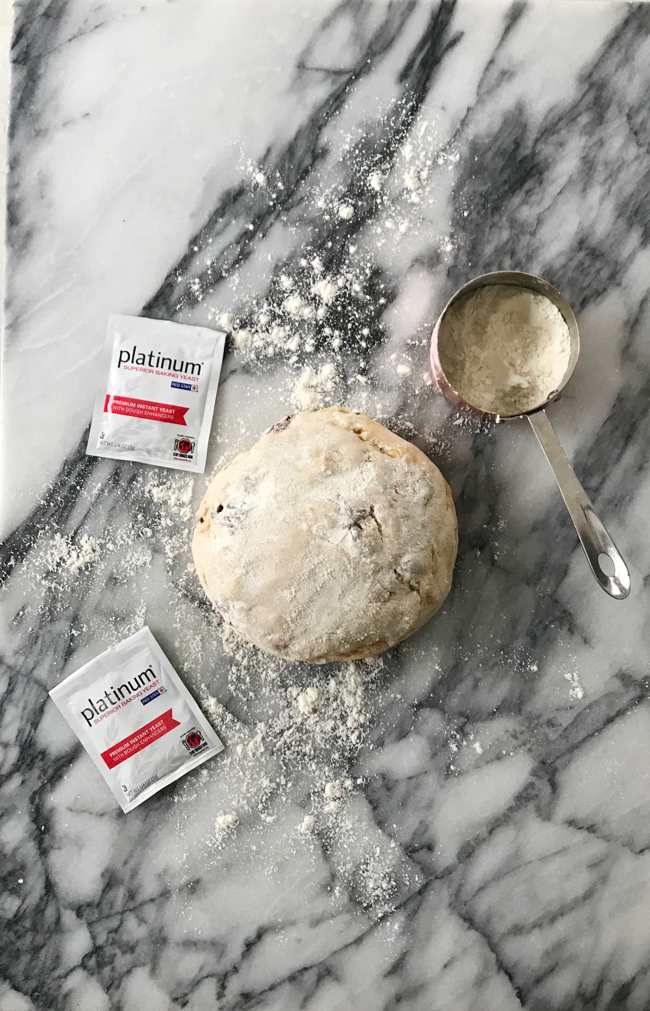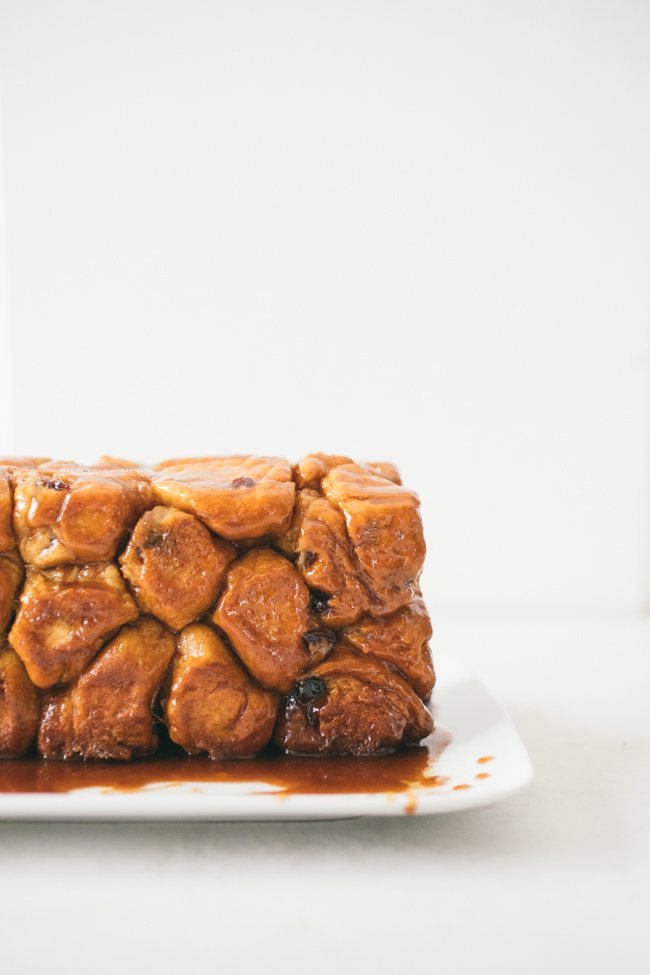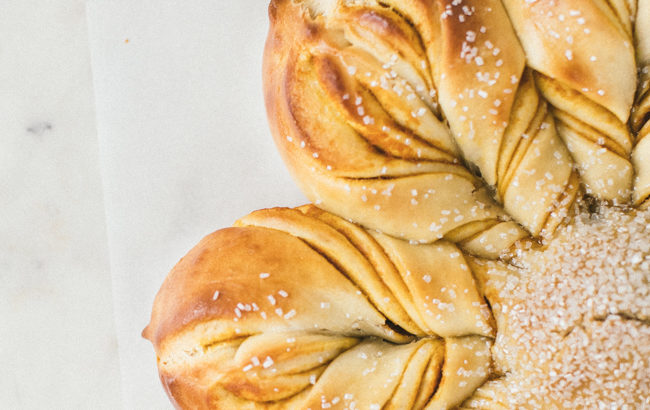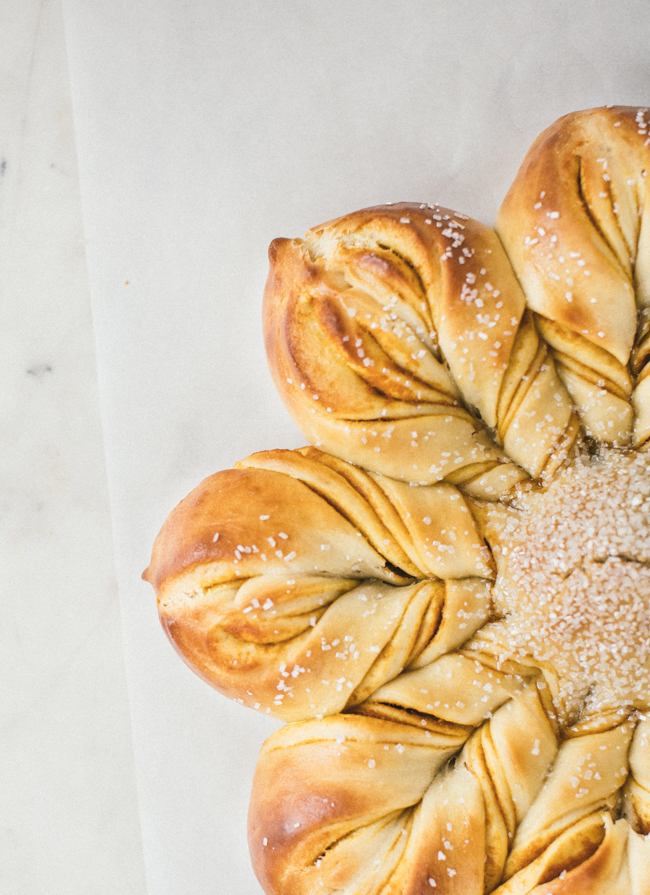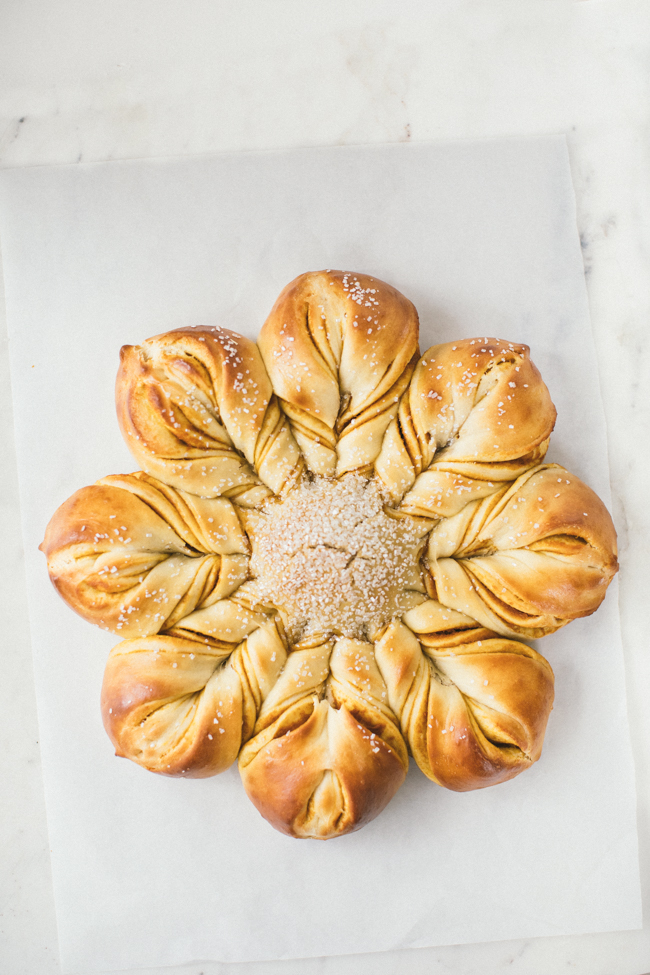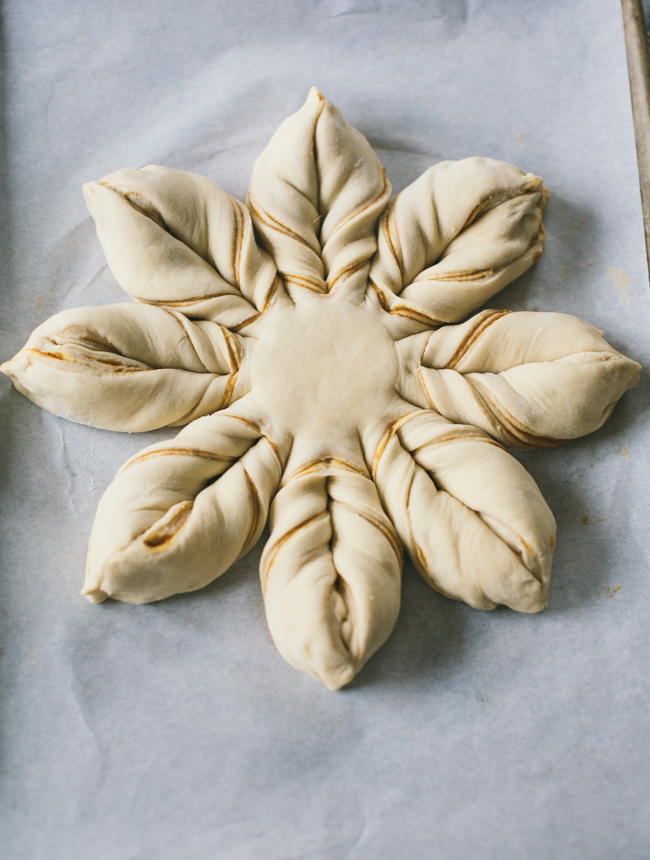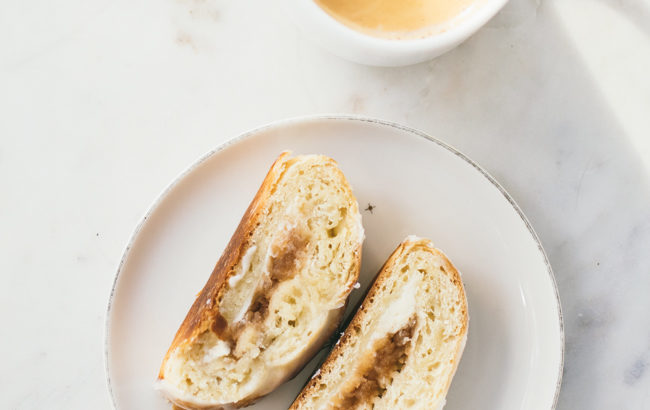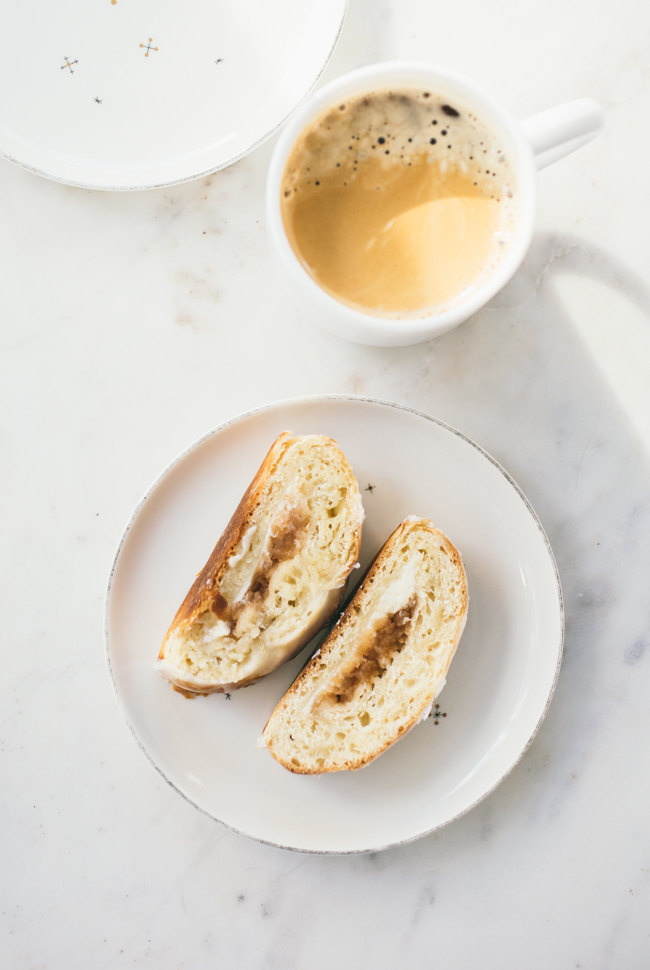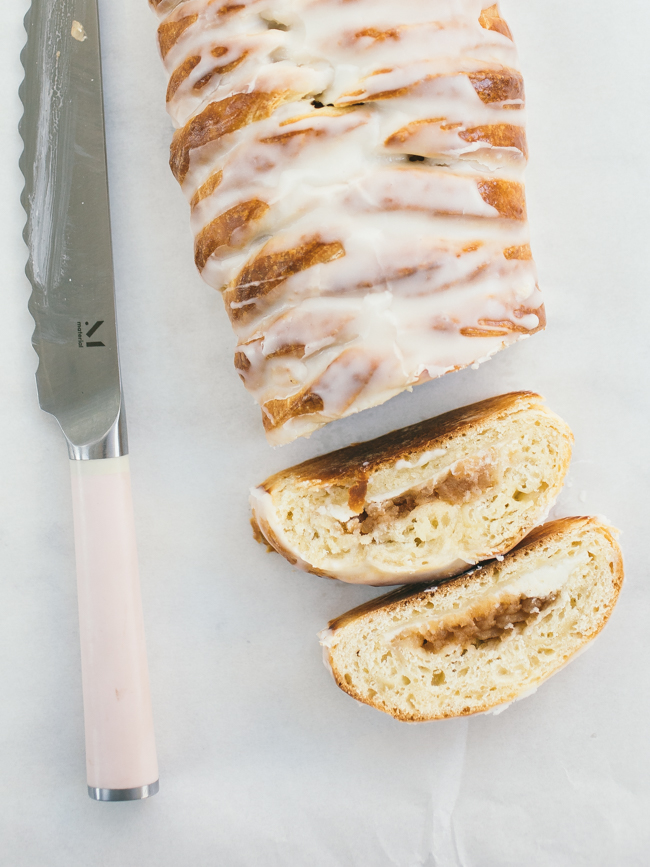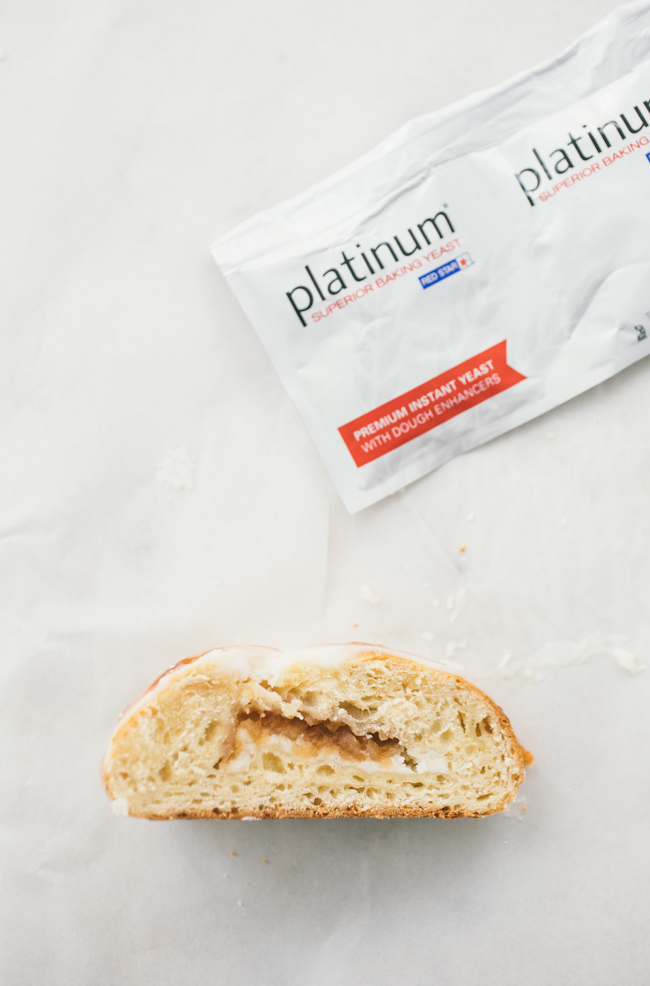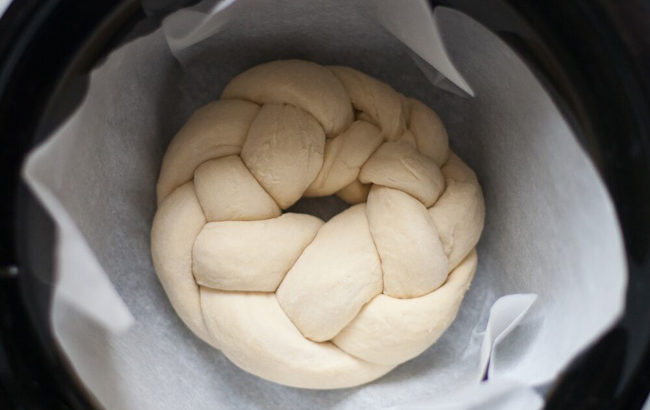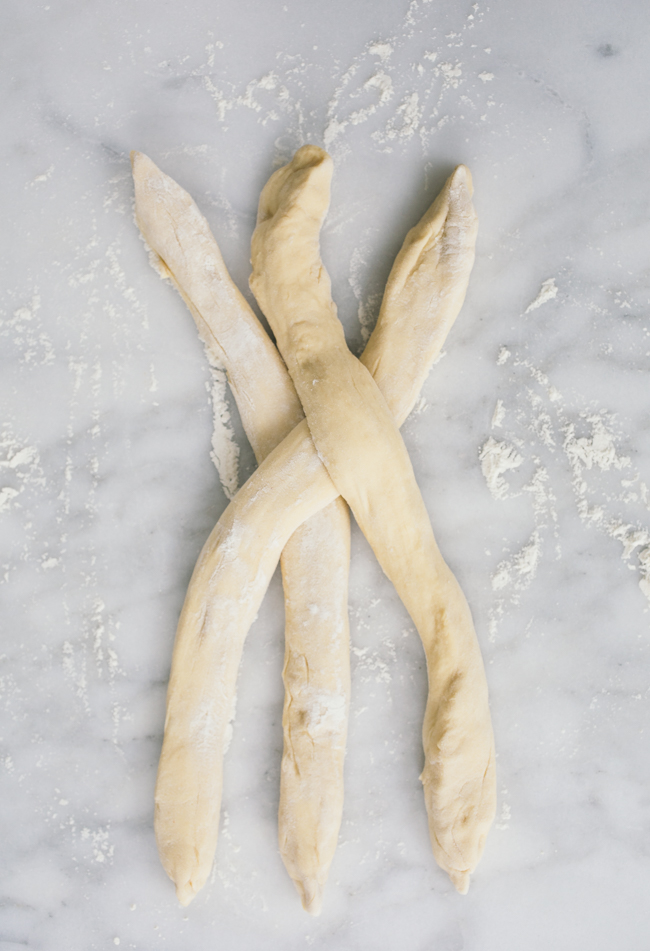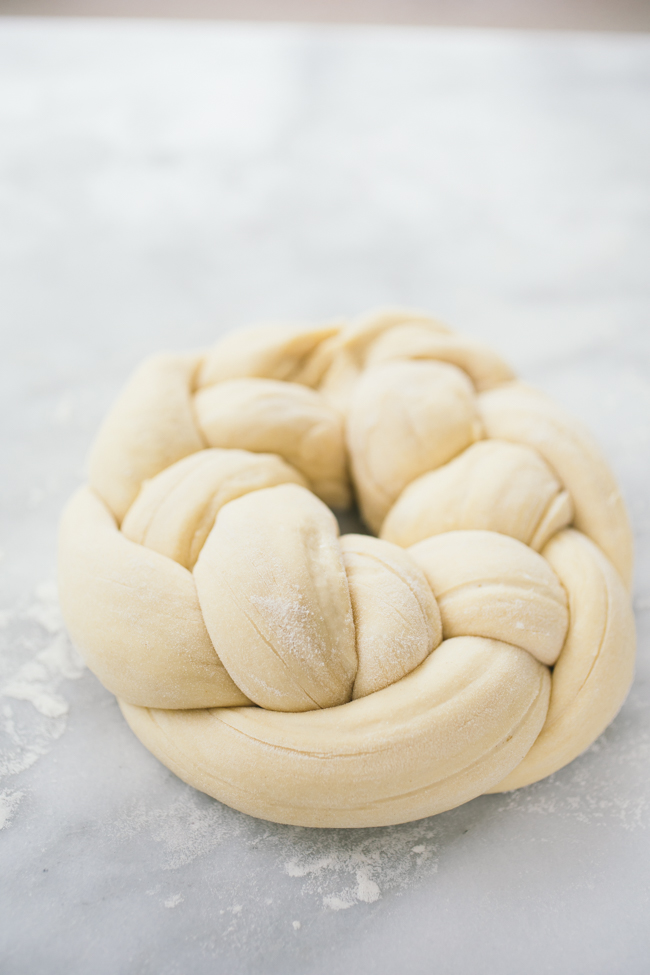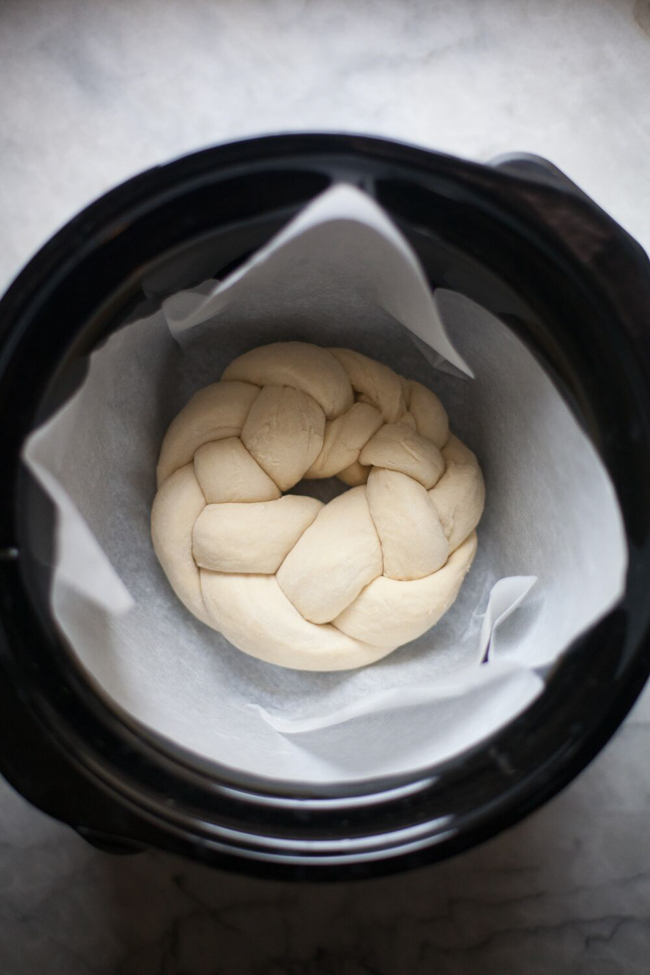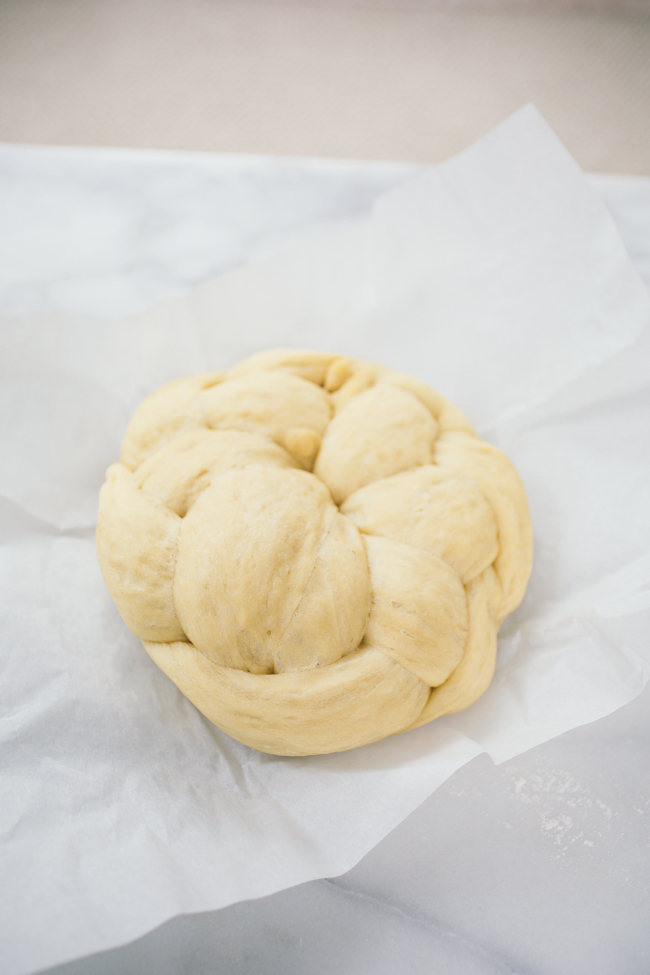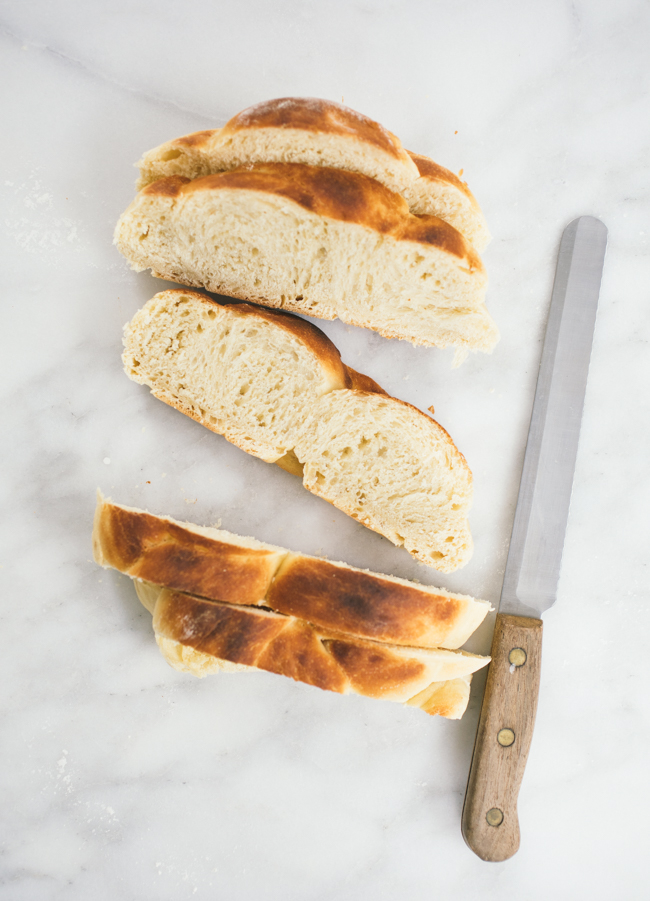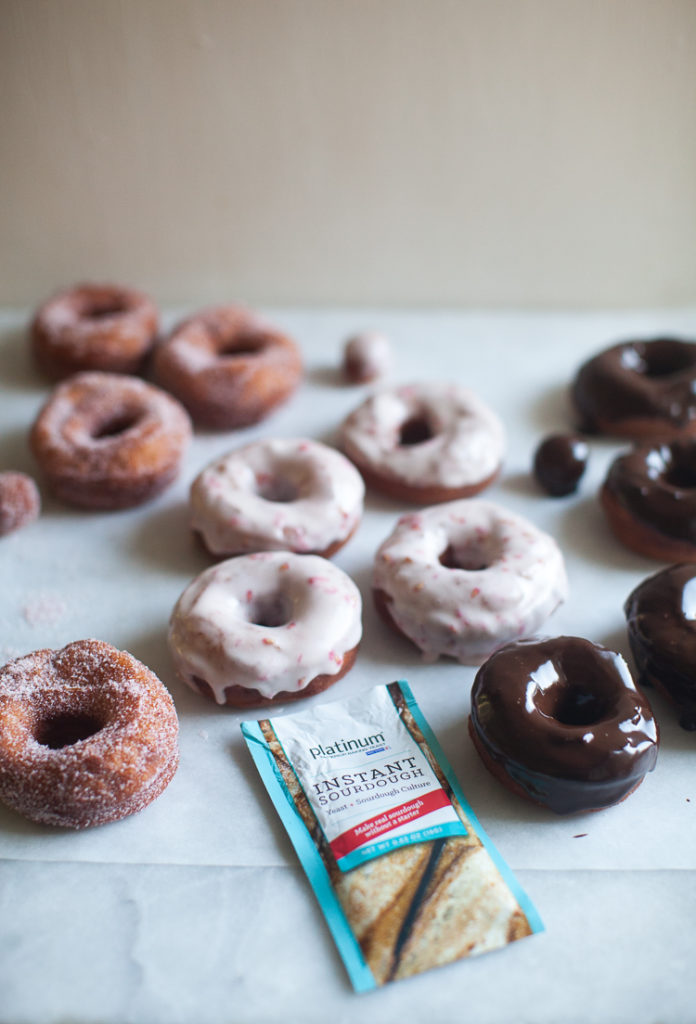
Sourdough Pizza

Making sourdough is a favorite pastime for many, but within the last few weeks thousands more have joined the club, as yeast is suddenly hard to find on the grocery store shelves. We here at Breadin5 have been making sourdough for years, and while we have a post on our Easy Sourdough Starter, we realized there are many more things to make with our no-knead bread method. We had some requests for a sourdough pizza crust, and we are delivering (pun intended).
We know that flour is also scarce, and the bread flour called for below may not be available to you right now. Since different types of flours have different protein levels (and this of course effects the recipe), we have included a video on mixing flour and adding more water if necessary. If you need help finding flour, good places to look are local bakeries (they sometimes will sell flour to customers), and restaurant supply stores.
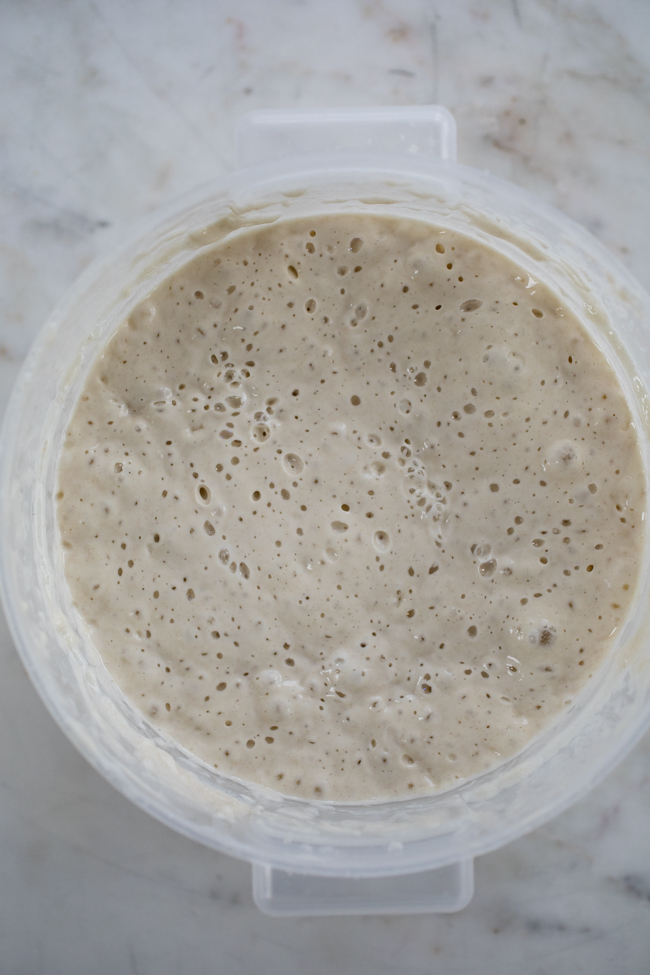
Sourdough Pizza
Note: You’re going to need a sourdough starter. If you haven’t started one yet, please check out our post for Easy Sourdough Starter. Our method uses whole wheat flour, but I used bread flour (same proportions) in mine for the pizza.
Flour has different protein contents depending on the type and brand, which can effect how much water to use. If you mix your dough and it seems dry, more water can be added. We have included a video below so you can see how your dough should look, and add water accordingly.
We have instructions in our Healthy Bread in Five Book for ‘semi’ sourdough – using some of the starter along with yeast to give a milder sourdough flavor. Check out page 390 for details.
Extra dough can be portioned into 10-ounce balls and frozen, if desired. Wrap each ball in plastic wrap, and then place in a freezer safe bag. Dough can be pulled out the night before using and thawed in the refrigerator overnight.
If you need extra help rolling out pizza dough and transporting it to the oven, there’s more on that in the video.
2 cups lukewarm water (see note above)
3 cups activated levain (sourdough starter)
1 tablespoon kosher salt
1 tablespoon granulated sugar
1/8 cup olive oil
6 cups [840 g] bread flour
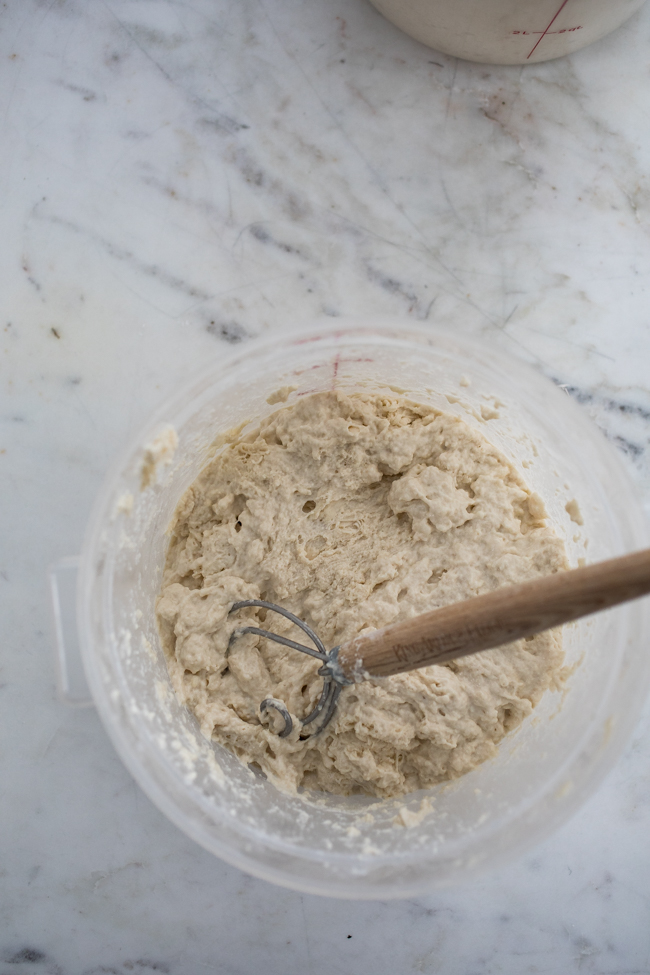
Mix the water, activated levain, salt, sugar, and olive oil together in 5-quart container or the bowl of a stand mixer.
Mix in the flour with a Danish dough whisk or a heavy duty stand mixer. Cover (not airtight) and allow it to rest at room temperature until the dough rises, two hours or more (sourdough can take a lot longer to rise than commercial yeast. I let mine rise for 4 hours at room temperature, then moved it to the fridge overnight, where it continued to do a slow rise).
If your dough looks dry (which may happen depending on what type of flour you are using) you can add more water. Here’s how your dough should look– see the video below:
The dough can be used immediately after it’s initial rise, though it is easier to handle when cold. Refrigerate it in a lidded (not airtight) container and use for pizza over the next few days.
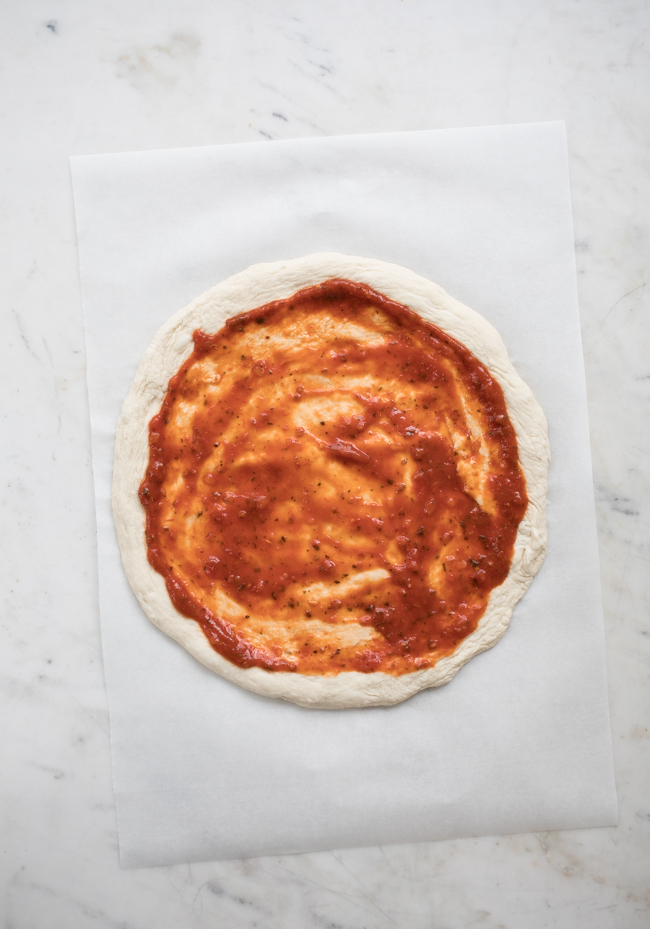
Preheat a baking stone at your oven’s highest temperature for at least 30 minutes. Sprinkle a pizza peel liberally with flour. Dust the surface of the refrigerated dough with flour and cut off a 10-ounce piece. Dust it with more flour and quickly shape it into a ball by stretching the surface of the dough around to the bottom on all four sides, rotating the ball a quarter turn as you go. Cover the dough with a piece of plastic wrap or kitchen towel, and let rest for 20 minutes.
Flatten the dough with your hands and/or a rolling pin on a work surface, or directly onto a wooden pizza peel, to produce a 1/8-inch thick round. (You can also put it on a piece of parchment paper for ease. Note that your crust won’t brown as nicely if doing so! Parchment is shown in the photos below because I needed to move the pizza around to take photos. Also, my kids prefer a lighter crust. But if you want a dark crust, use a pizza peel.) Dust with flour to keep the dough from adhering to the surface. Use a dough scraper to unstick the dough as needed, and transfer to a pizza peel if you haven’t stretched the dough out on one already. When you’re finished, the dough round should have enough flour under it to move easily when you shake the peel.
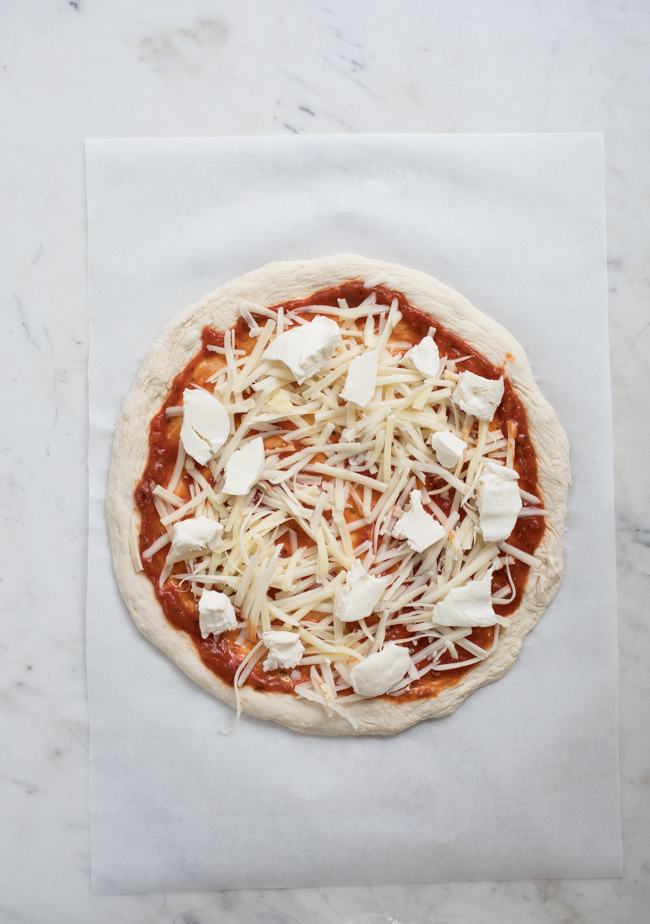
Add toppings to your pizza (I kept mine simple: sauce and cheese, with a scattering of basil leaves after the pizza emerged from the oven). Slide the pizza onto the preheated stone. Check for doneness in 8 to 10 minutes, and turn the pizza around in the oven if one side is browning faster than the other. I took my pizza out earlier for a lighter crust (my kids’ preference), but you can take your crust as dark as you like.

Allow to cool slightly, preferably on a wire cooling rack. Cut into wedges and serve.
Here’s another video for rolling out the pizza dough here (you can find the full video on Instagram):
You can also do cracker-crust pizza with this dough, or any of our lean doughs.






